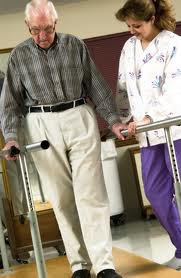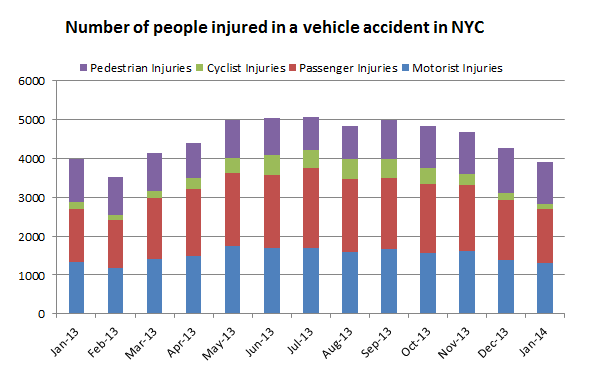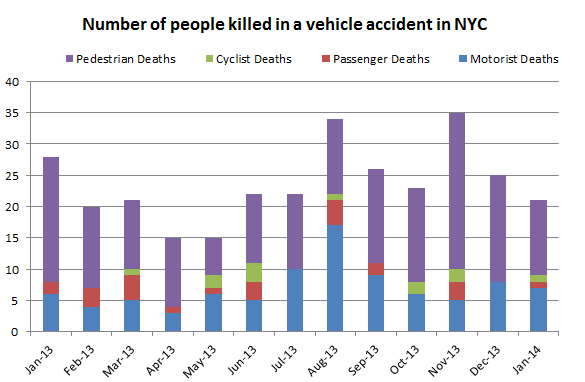I didn’t tolerate pedestrian and bicycle accident fatalities when I was a mayor in Charlotte and I will not tolerate them either as US Secretary of Transportation said Anthony Foxx in a speech yesterday at the National Bike Summit.
Foxx supports safe roads for all users and emphasises that more and more Americans are using their bikes not only for recreation but also as an economical source of transportation.
Foxx also asks for support of President Obama’s $302 billion proposal for American Transportation that includes increased resources for bicycle and pedestrian programs.
 New York Personal Injury Attorneys Blog
New York Personal Injury Attorneys Blog




 Pedestrian Accidents
Pedestrian Accidents